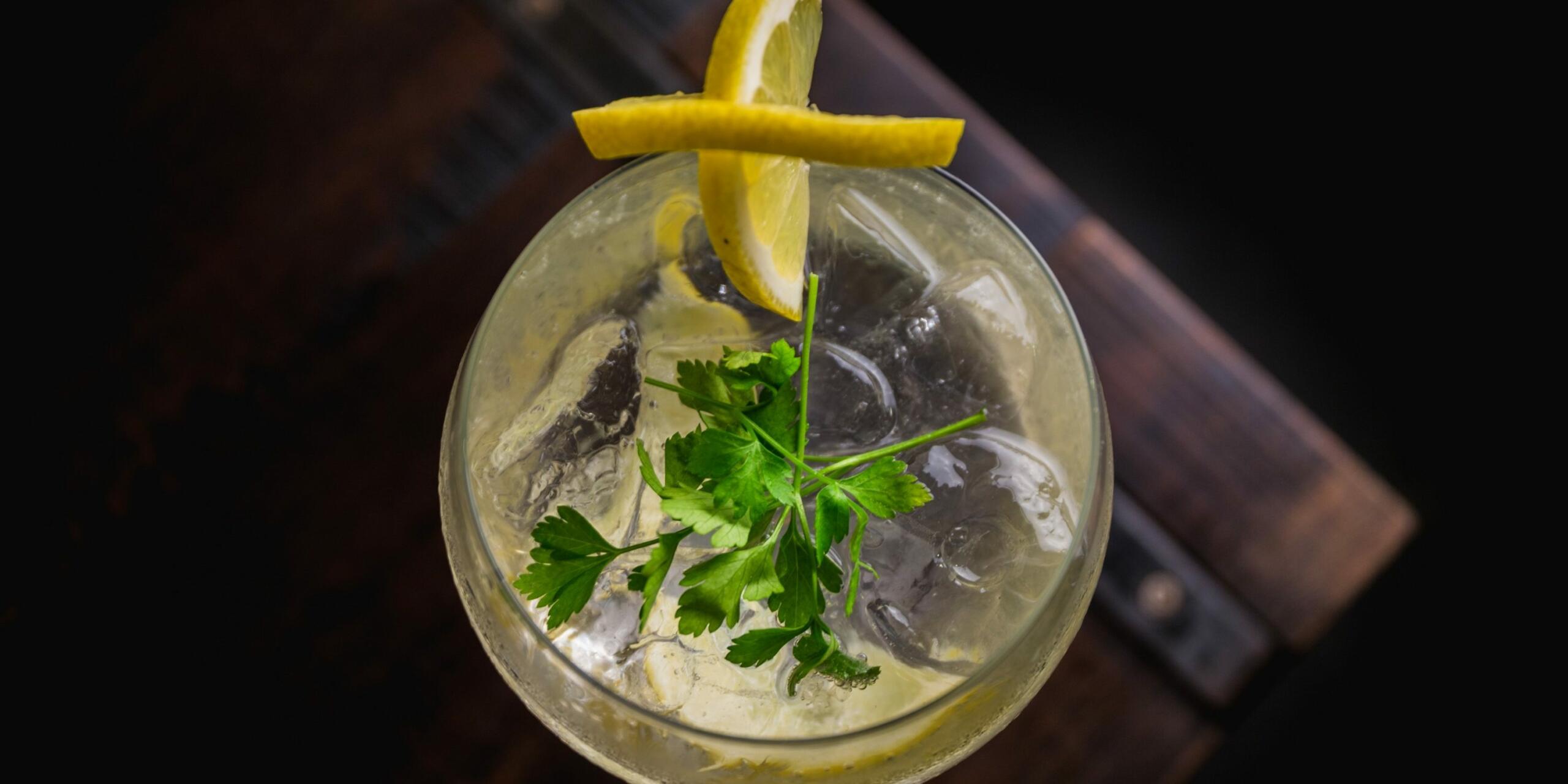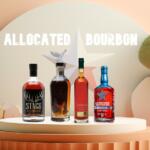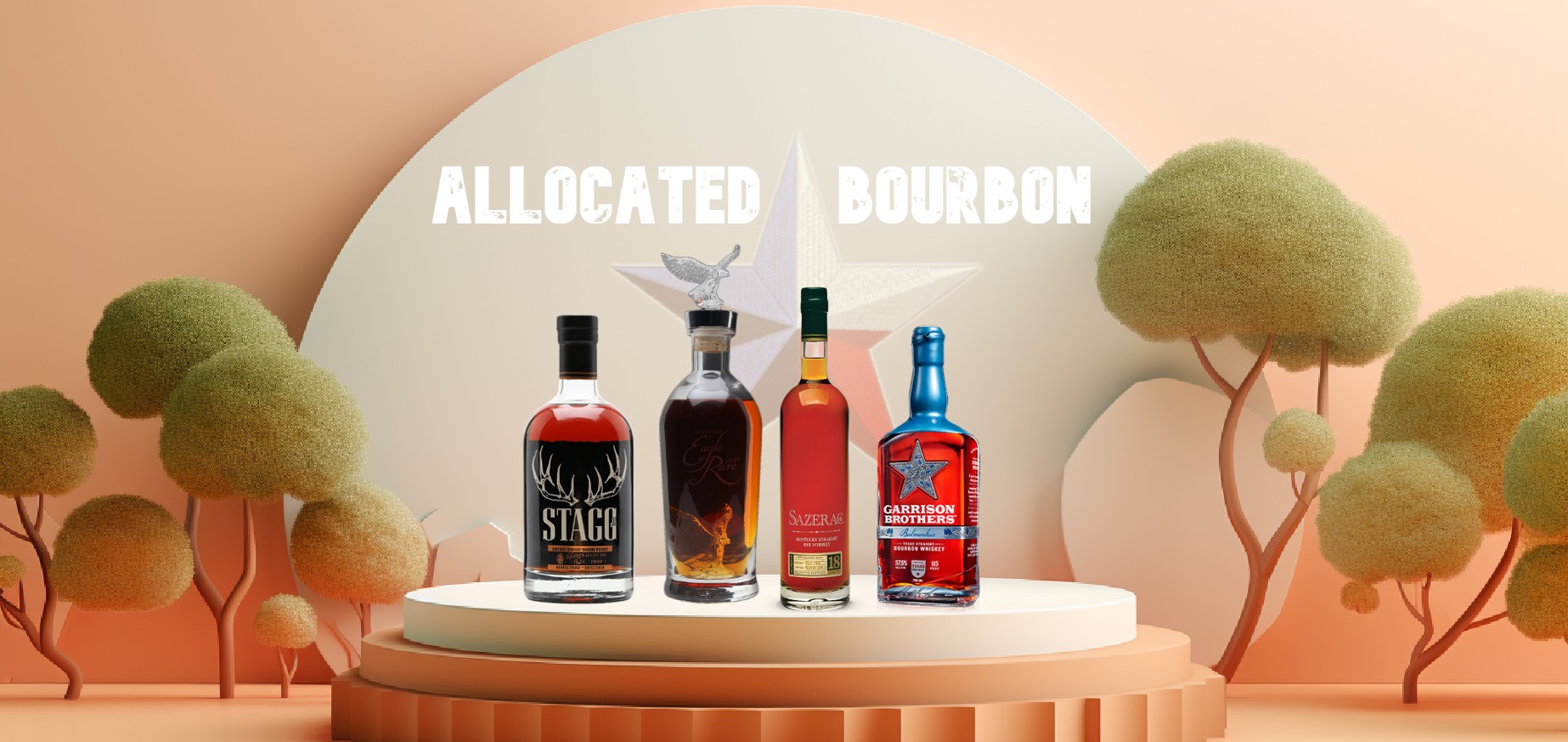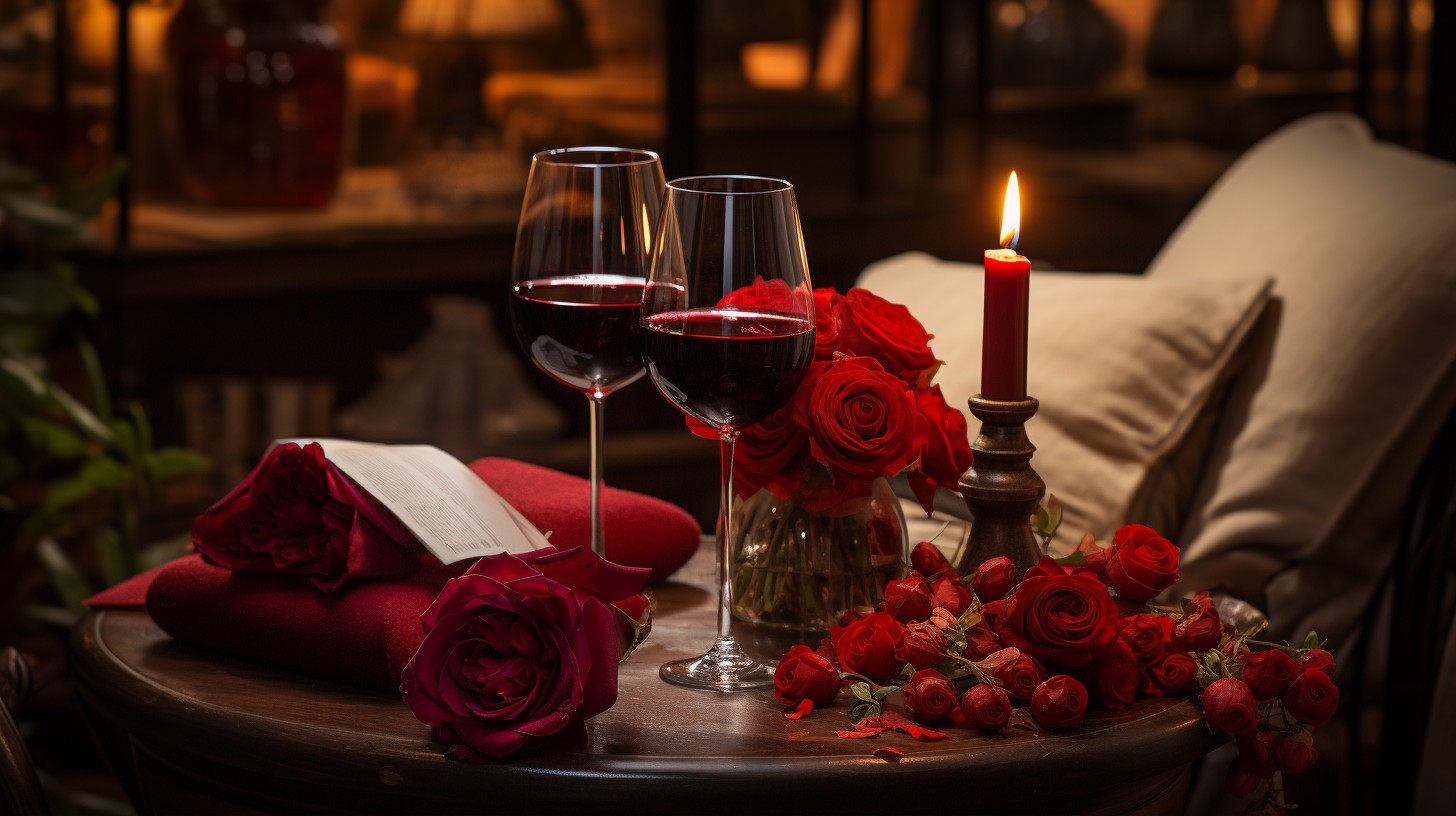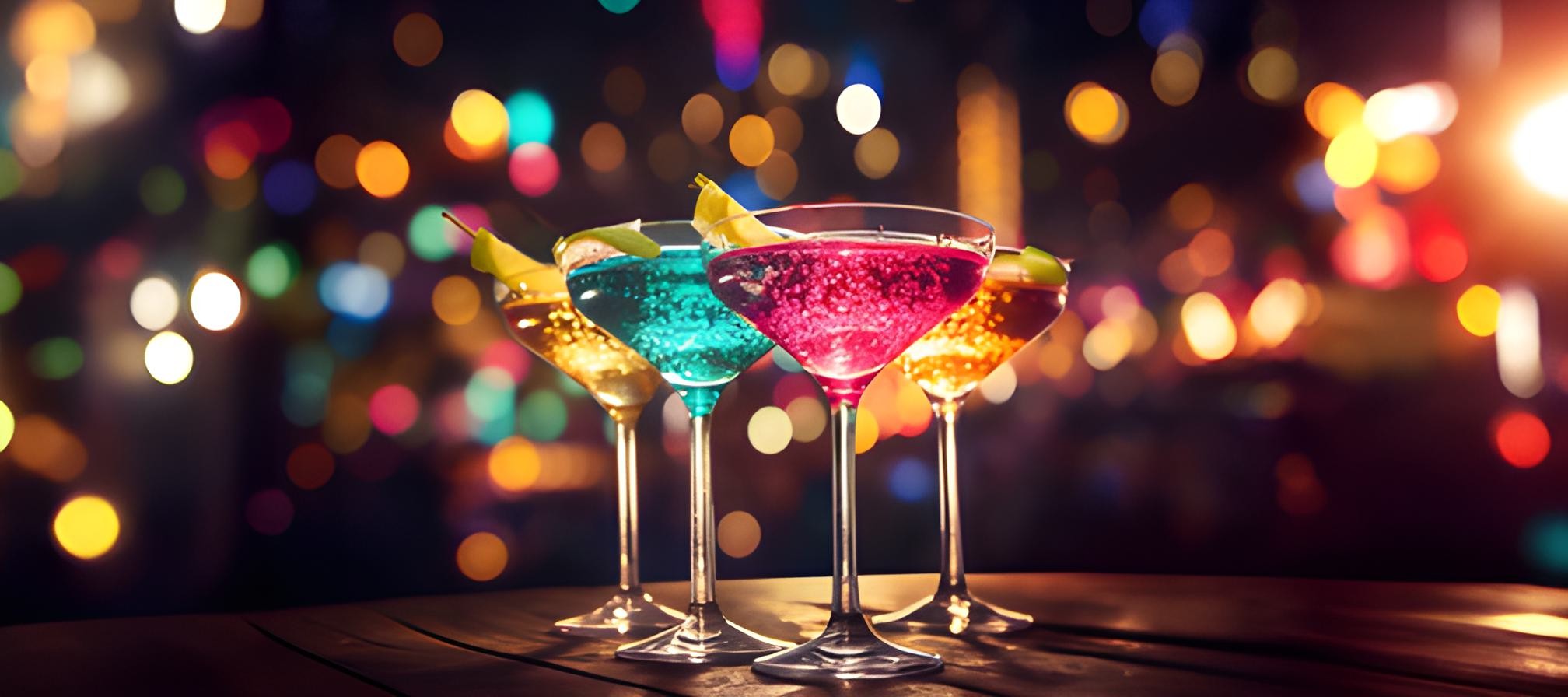There’s a reason why the legendary ‘Piano Man’ by Billy Joel opens up with an old man ‘making love to his tonic and gin’. There is a rich history of gin and tonic. Today – International Gin & Tonic Day – is the perfect excuse to whip one up for yourself to appreciate it firsthand. Surprisingly, we have mosquitoes and malaria to thank for the creation of the gin and tonic.
Gin & Tonic – Where It Began
We don’t just hate mosquitoes because of itchy bites; they are also the harborers of many infectious diseases. Malaria is one such infectious disease, that spreads to humans and animals through mosquitoes. It can result in nausea, fever, and even death in the most severe cases.
In the 1700s, a Scottish doctor was experimenting with how to prevent malaria. He found that a medication called quinine could be the solution. ‘Quinine’ may sound unfamiliar and overly chemical, but it was actually an ingredient that you can find in most tonic water. In fact, quinine is what made tonic water taste so puckeringly bitter. As a result, quinine was one of the first treatments for malaria, and so the widespread consumption of tonic water was heavily encouraged.
Too Bitter for the Palate
But – there was a minor hiccup: the overly bitter taste of the quinine was unappealing to many. So – the drink didn’t catch on as speedily as would have been preferred. At least, it didn’t catch on until the ingenuity (and resourcefulness) of the British East India Company army in India later in the 1700s.
British soldiers in India hated the taste but knew they had to drink the tonic water to help prevent the persistent malarial problem from reaching them. So, they turned to other items they had rations of – you guessed it, gin! They ended up mixing together a concoction of gin, sugar, and lime into their quinine-infused tonic water. This made the drink less bitter, more sweet, and much more delicious. This twist on the tonic water quickly became iconic.
But – the gin and tonic had a sister. There was another drink created to help European colonial soldiers more easily drink tonic water to stave off tropical illnesses. This drink is called the Dubonnet. Surprisingly, it was actually the winner of a competition led by the French Government to create a tasty drink that masked the overly bitter taste of quinine. Although this is the preferred drink of Queen Elizabeth II before lunch every day, it did not reach the same level of sustained acclaim in the United States. The Gin & Tonic is one you could find in just about every bar or location serving liquor across the states; the Dubonnet is much more rare.
Gin and Tonic Nowadays
Tonic water is no longer a typical antimalarial. As a result, the quinine and bitter taste were removed. If you drink tonic water nowadays, you aren’t overwhelmed with the same level of bitterness as the European soldiers a couple of centuries ago. Plus, tonic water nowadays usually has sweeteners; making it the perfect complement to gin.

